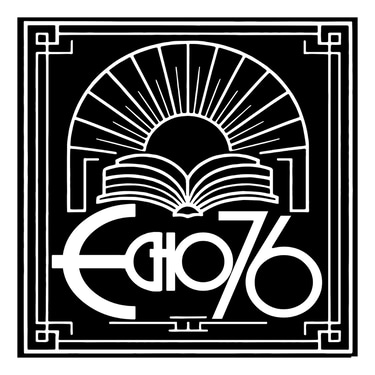The Science of Relaxation: How Mindful Colouring Helps Adults Unwind
In essence: mindful colouring combines art and neuroscience to give the brain a break from digital overload and the body a chance to recover from chronic stress.
THE COLOUR OF THOUGHTCHILL WITH LOVECOLOUR THERAPYLINESLINES: A CHILL WITH LOVE COLOUR THERAPY BOOK


In a world that never seems to slow down, finding ways to relax can feel like another item on the to-do list. Yet one deceptively simple activity - colouring - has been shown to have measurable benefits for adult mental health. Far from being “just for kids,” mindful colouring blends creativity, sensory engagement, and neuroscience to create a calming, restorative experience.
Why Colouring Works: The Science Behind It
Activating the Parasympathetic Nervous System
When you colour, your breathing slows, your muscles release tension, and your heart rate drops - indicators of the parasympathetic (“rest and digest”) system taking over from the stress-driven sympathetic system. This shift reduces the levels of cortisol, the body’s primary stress hormone.Inducing a Flow State
Psychologist Mihaly Csikszentmihalyi coined the term flow to describe the immersive state in which you lose track of time and self-consciousness. Colouring’s repetitive, rhythmic motions and simple decision-making process make it easier to enter this state, which is associated with improved mood, reduced anxiety, and increased focus.Engaging Both Hemispheres of the Brain
Choosing colours draws on creative, right-hemisphere activity, while staying within lines and balancing patterns requires left-hemisphere logic. This cross-hemisphere engagement can enhance cognitive flexibility and support problem-solving skills—benefits that persist beyond the colouring session.Mindfulness in Motion
Unlike seated meditation, colouring gives your hands something to do while you anchor your awareness to the present moment. The visual and tactile feedback naturally guide attention back to the task when the mind wanders, reducing rumination and helping manage stress.
Evidence from Research
A 2012 study in the Journal of the American Art Therapy Association found that structured colouring of mandalas significantly reduced anxiety levels compared to free drawing.
A 2018 paper in Frontiers in Psychology reported that colouring for just 20 minutes lowered negative mood and enhanced mindfulness scores in adult participants.
Clinical psychologists have incorporated colouring into therapy for trauma, depression, and chronic pain, citing its grounding and self-soothing properties.
How to Practise Mindful Colouring as an Adult
Choose the Right Designs
Complex geometric patterns, mandalas, or nature-inspired line art tend to be more engaging for adults than simple children’s pages.Set the Scene
Find a quiet space, play calming music if you wish, and allow yourself at least 15–30 minutes without interruptions.Engage Your Senses
Notice the texture of the paper, the sound of the pencil strokes, and the gradual build-up of colour. Let your senses anchor you in the present.Release Perfectionism
Focus on the process, not the outcome. There is no “wrong” way to colour—your page doesn’t have to be gallery-worthy to be therapeutic.Integrate into Daily Life
Try colouring before bed to help transition from high-stimulus activities to a restful state, or during work breaks to reset mental clarity.
Beyond Relaxation: Long-Term Benefits
While the immediate effects of colouring are relaxation and reduced stress, consistent practice can help improve emotional regulation, enhance concentration, and support overall mental well-being. As part of a mindfulness toolkit, alongside meditation, breathwork, or journaling, colouring offers a uniquely creative way to nurture mental health without screens or pressure.
In essence: mindful colouring combines art and neuroscience to give the brain a break from digital overload and the body a chance to recover from chronic stress. In a fast-paced world, it’s not just child’s play...it’s a scientifically backed act of self-care.






